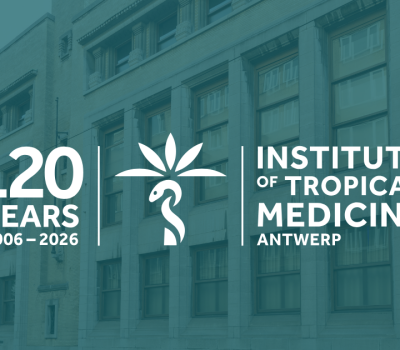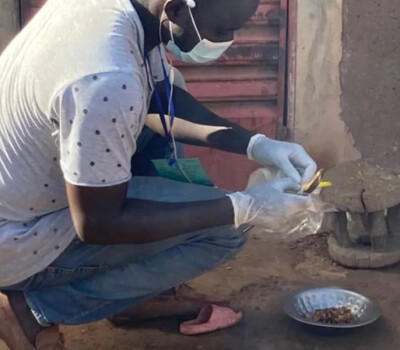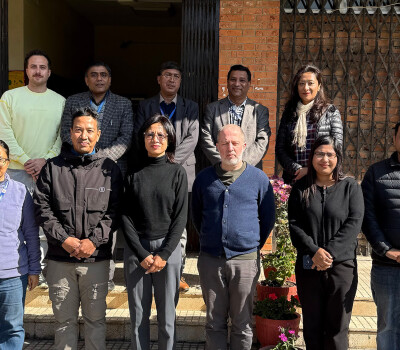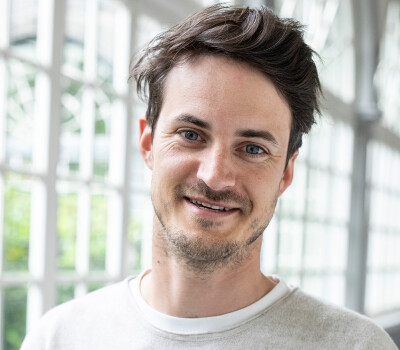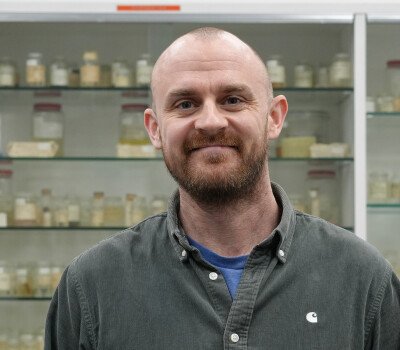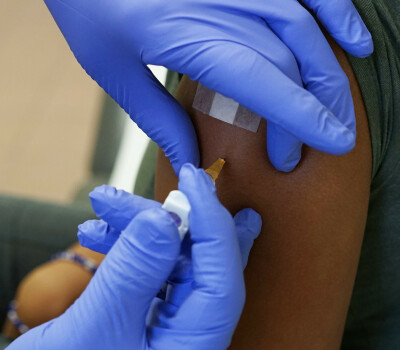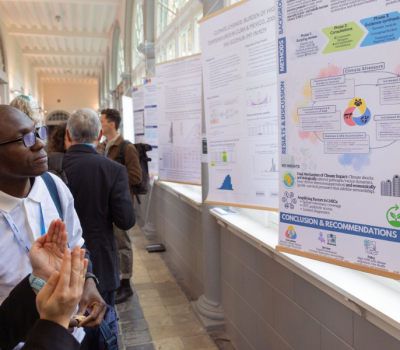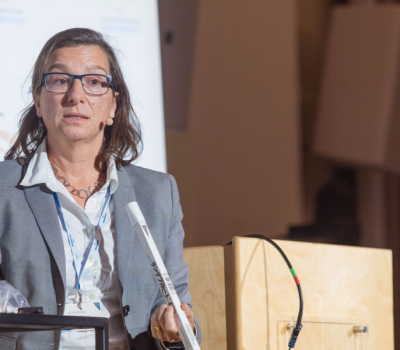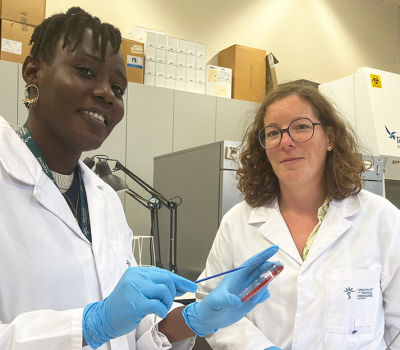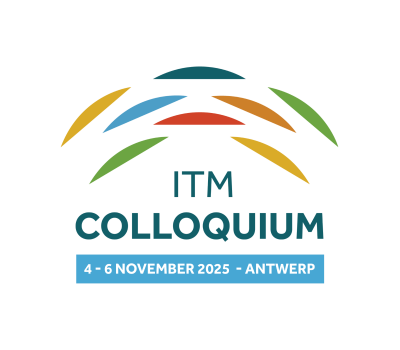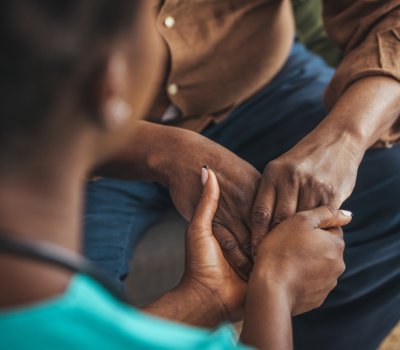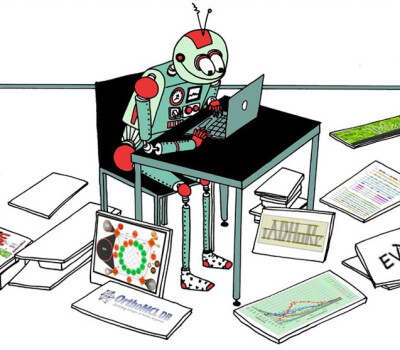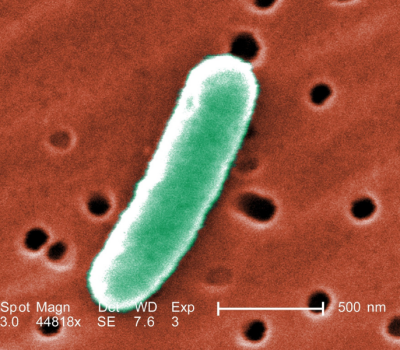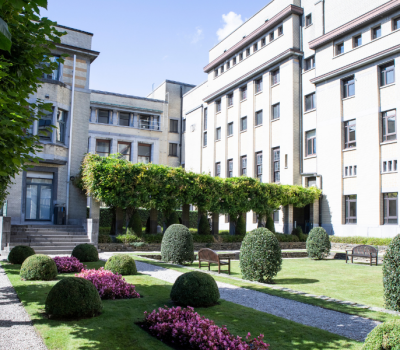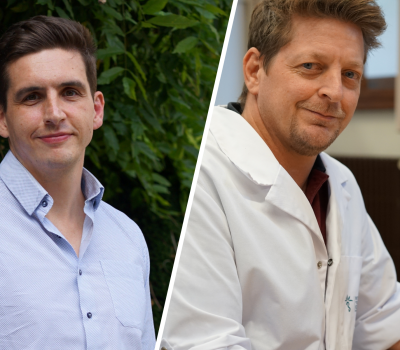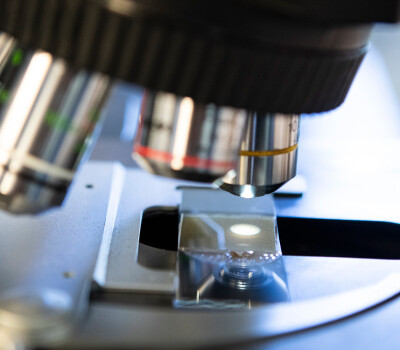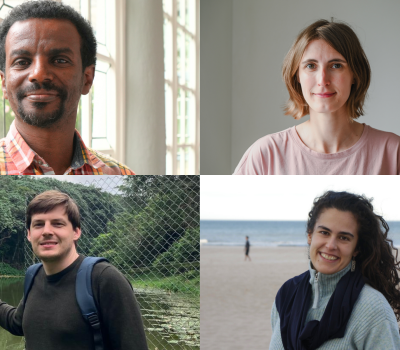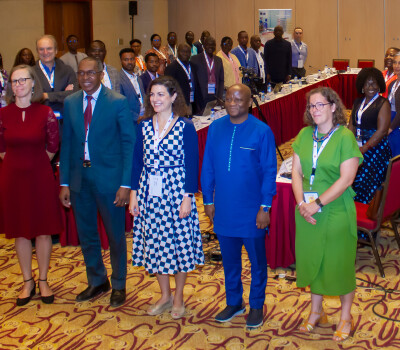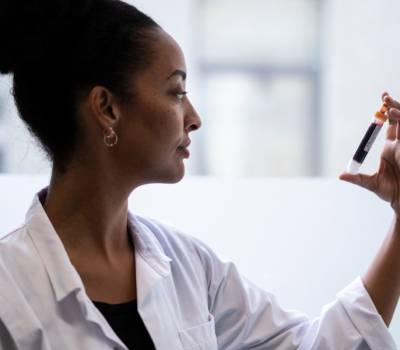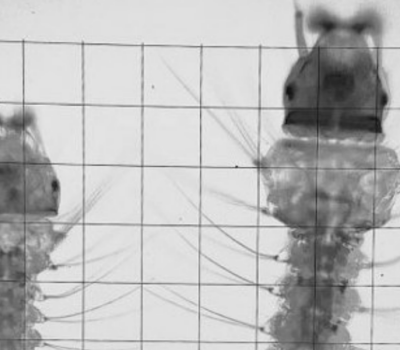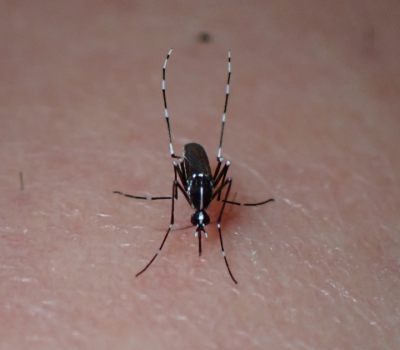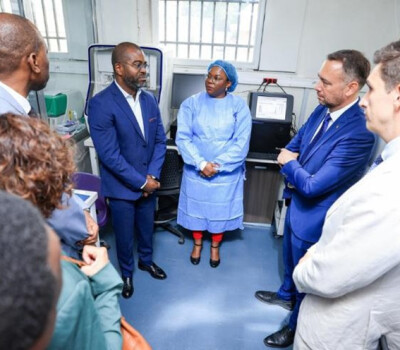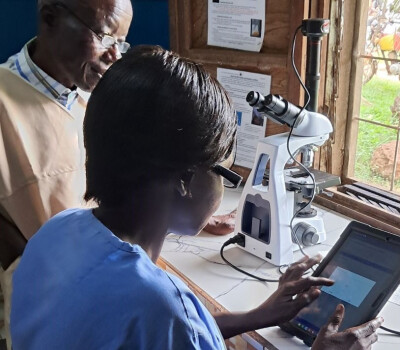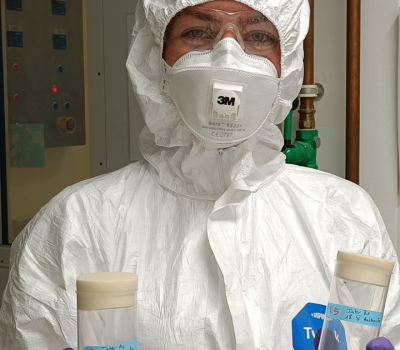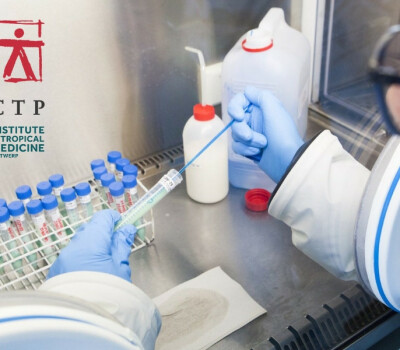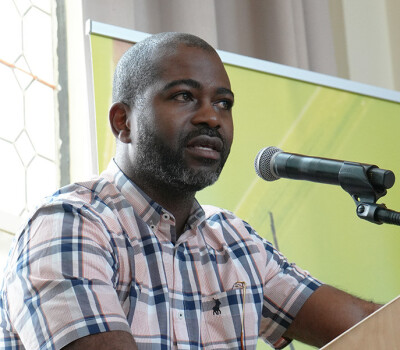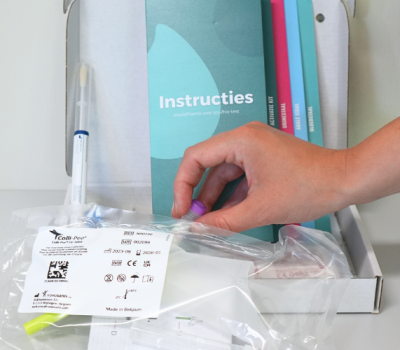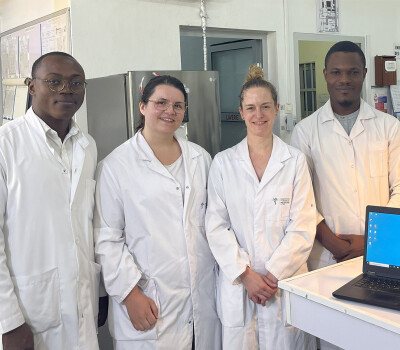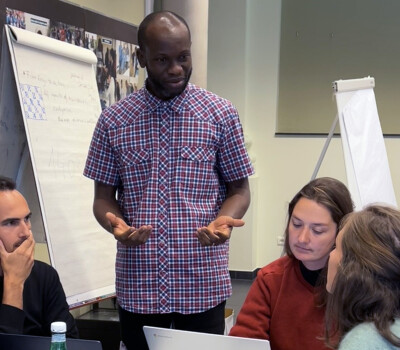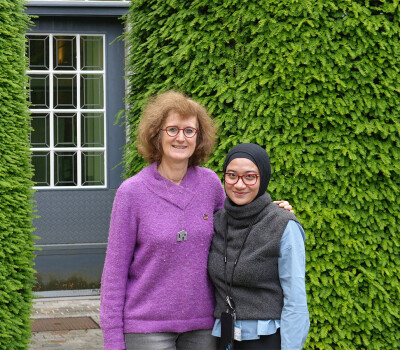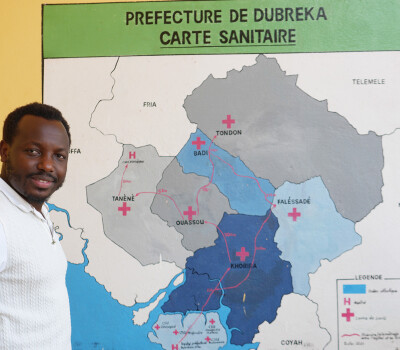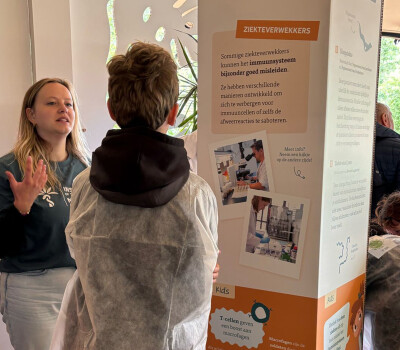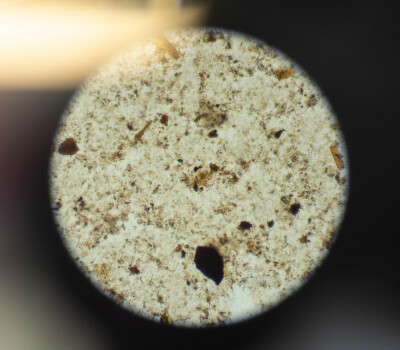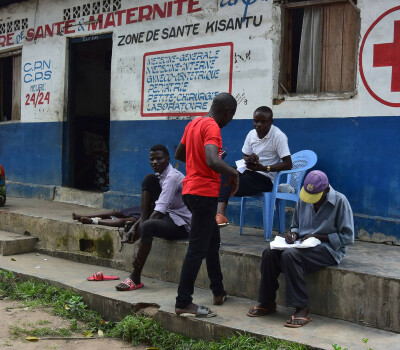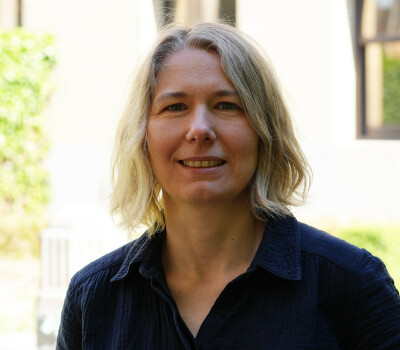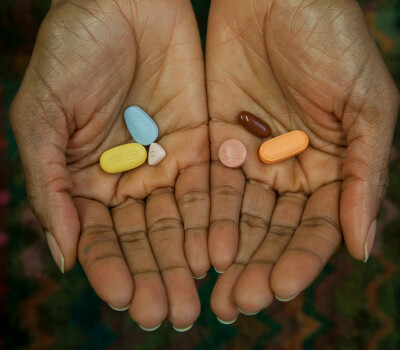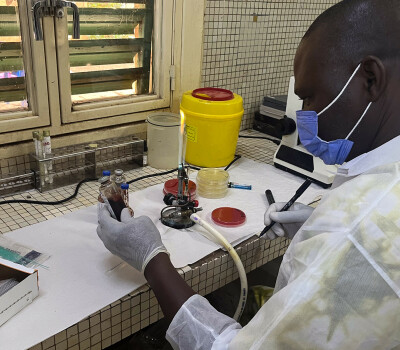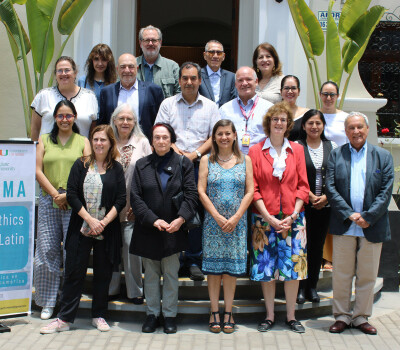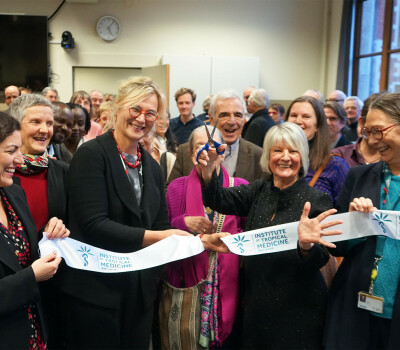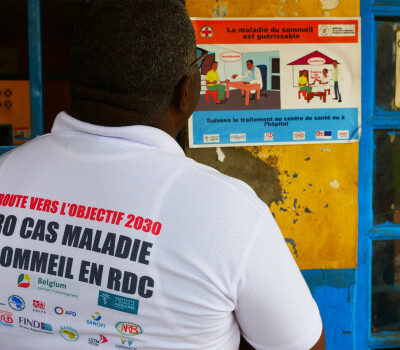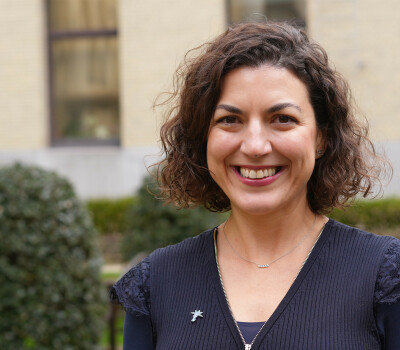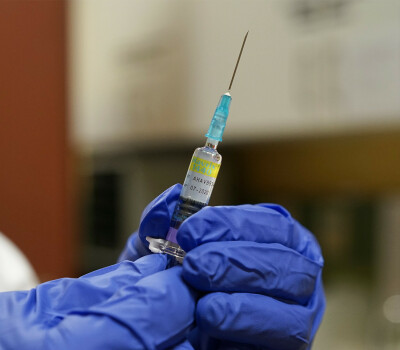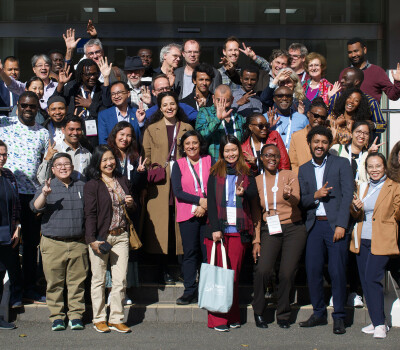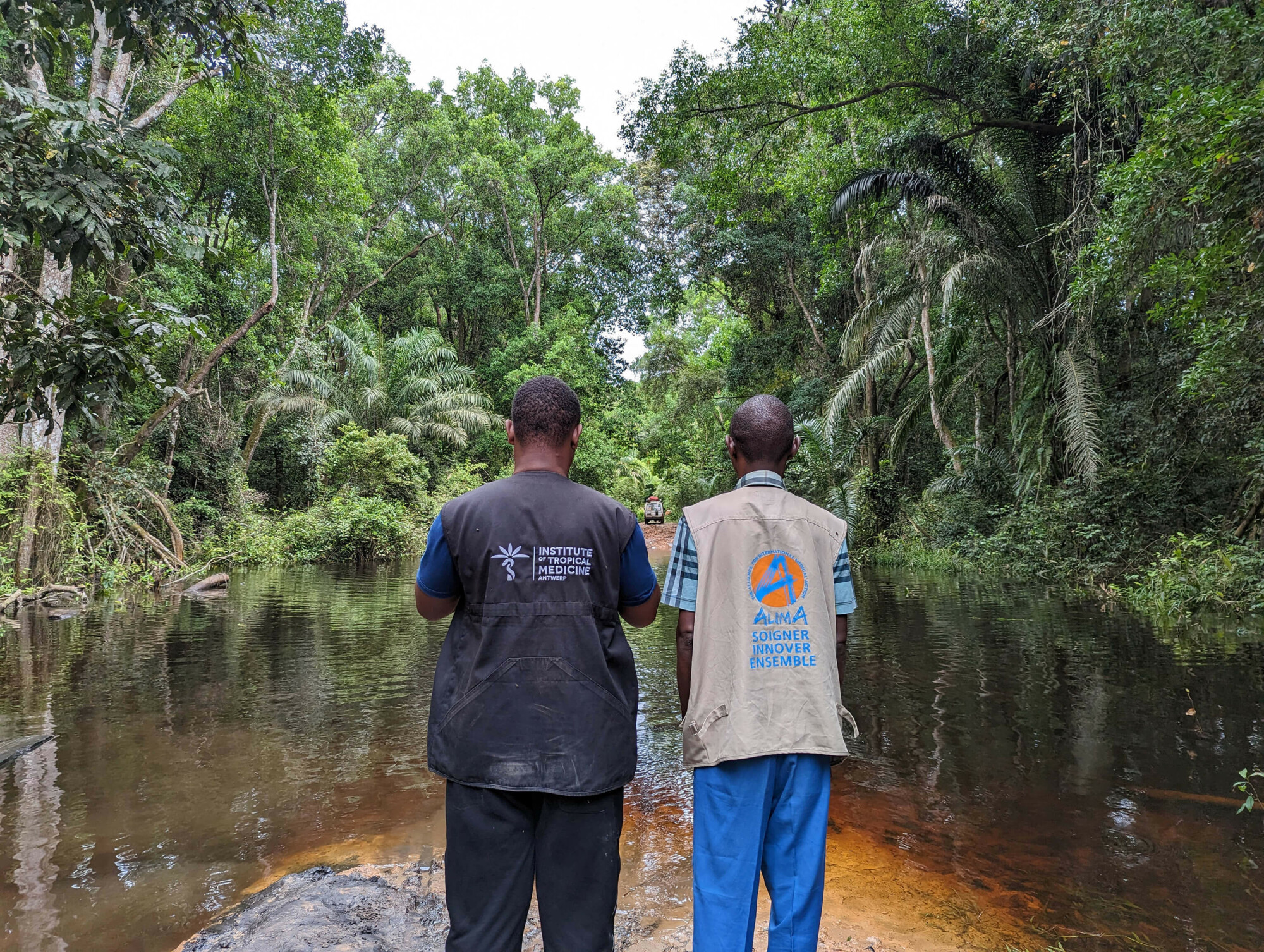
Institute of Tropical Medicine
Global Science for Health Worldwide
Tropical diseases, HIV/AIDS, tuberculosis and inadequate health care affect the lives of billions of people worldwide.
Established in 1906, the Institute of Tropical Medicine (ITM) in Antwerp (Belgium) strives for the advancement of science and health for all, through innovative research, advanced education, professional medical services and capacity sharing with partner institutions in Africa, Asia and Latin America. We aim to reduce the impact of diseases and health issues on populations globally.
For us, scientific excellence and societal impact are two sides of the same coin.
Highlights

Celebrating 120 years of science, care and global engagement
2026 will be a special year, as ITM celebrates its 120th anniversary. The year will be filled with captivating stories and exciting events that are sure to intrigue audiences of all ages.

Help us win the Heritage Challenge
Our water basin (in front of our clinic) has been nominated for the Heritage Challenge by KIK and the Nationale Loterij! Help us bring water and life back to this historic basin.

Statement on healthcare in conflicts
Our vision of equal chances of a healthy life for all is only possibly when the right to provide and receive healthcare is upheld everywhere, even in armed conflicts.

Podcast season 3 out now!
Listen to The Road to Zero, the third season of our award-winning podcast Transmission, on your favourite podcast platform! 🎧
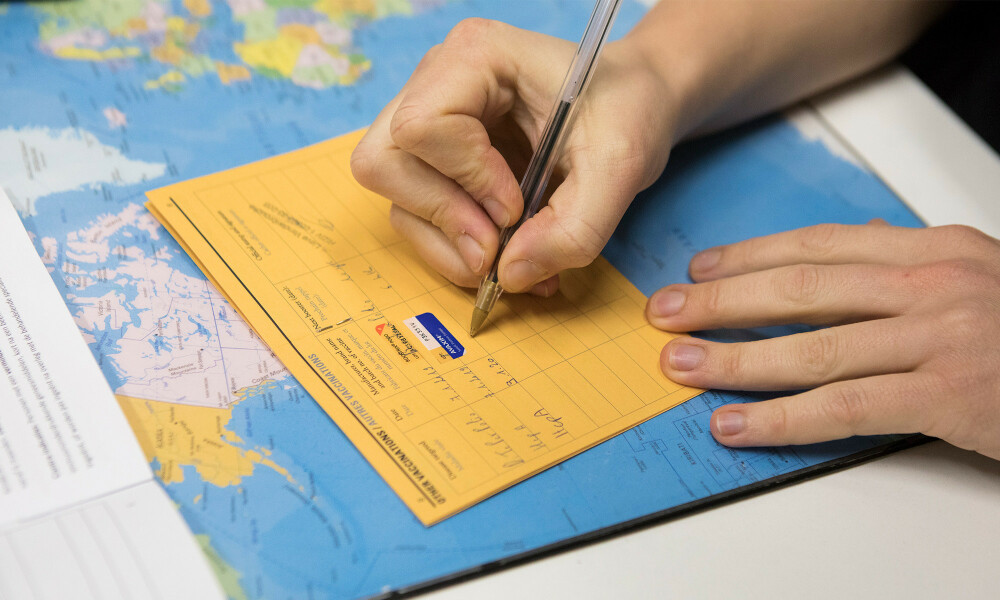
Our clinic
We are an outpatient clinic specialised in the diagnosis, treatment and care of HIV/AIDS and other sexually transmitted infections, travel health and tropical medicine, and infectious diseases.
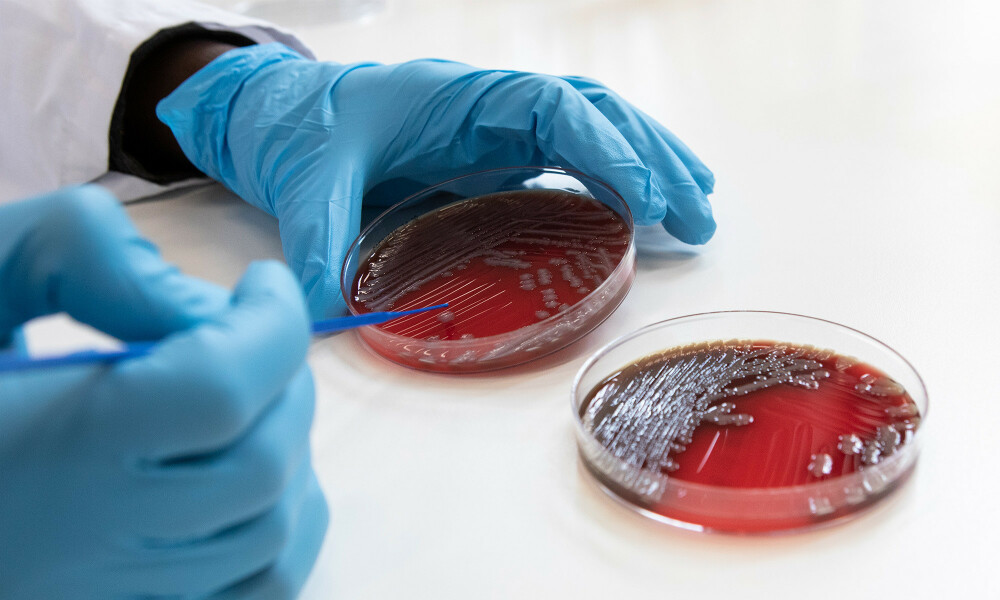
Our research
We aim to advance knowledge about tropical and infectious diseases and tackle important health challenges, with a particular focus on low-resource settings and vulnerable populations.
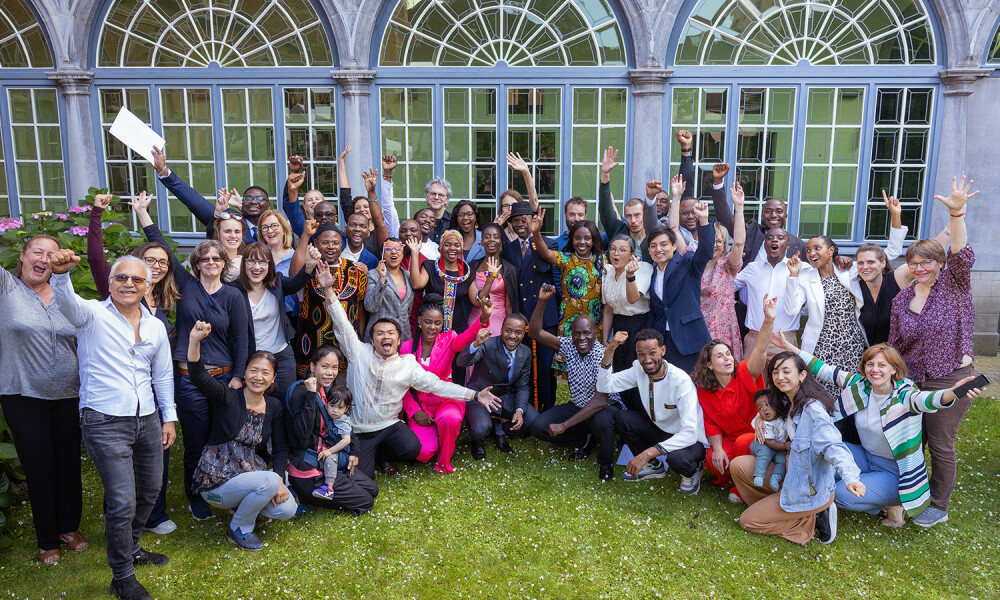
Our courses
We offer master's programmes, postgraduate certificate programmes and expert short courses in tropical medicine, international public health and global One Health for professionals from around the world.
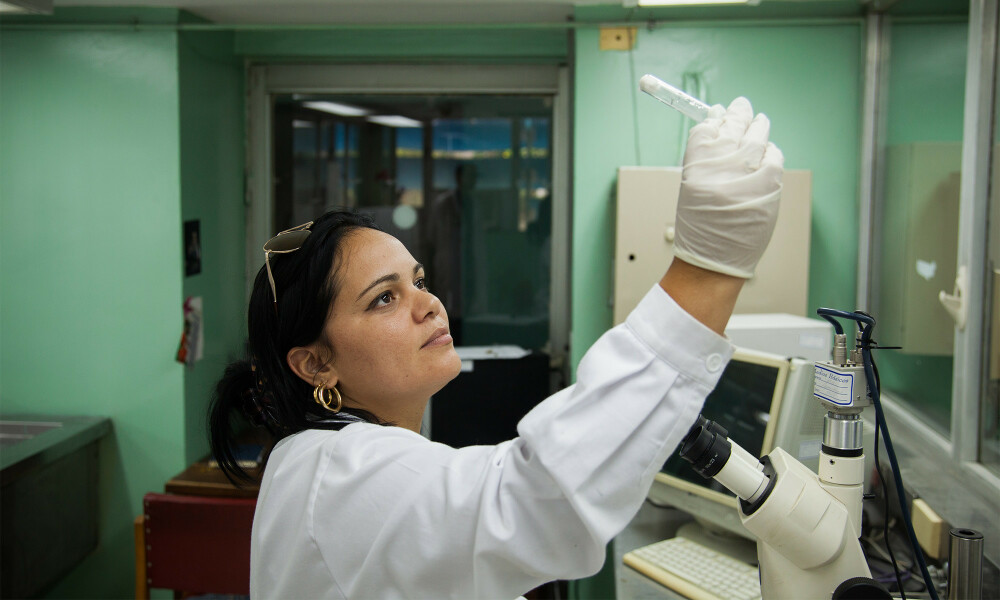
Our partnerships
We work with numerous partners across three continents on institutional capacity sharing and collaboration.
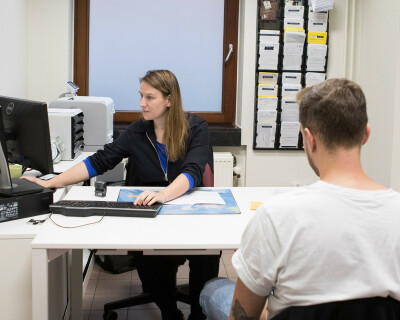
Make an appointment
Consultations in our polyclinic are by appointment only. Book your appointment well in advance, as waiting times can be long in spring and summer.

Contact
You need to make an appointment at our clinic to receive medical advice, but there are a few other ways you can get in touch.
Webshop
Explore our webshop and get your hands on an ITM hoodie, notebook, pair of socks, boc 'n roll, and so much more!
All events
Search eventsPhD defence Elizabeth Tabitha Abbew
ITG Onderwijscampus Rochus, Aula P.G. Janssens, Sint-Rochusstraat 43, 2000 Antwerpen
PhD defence Christelle Boyi Hounsou
VU Amsterdam, Main Building, Aula, De Boelelaan 1105, 1081 HV Amsterdam, the Netherlands
Decolonising Global Health & Education: A conversation with Dr Seye Abimbola
Live at ITM and online
